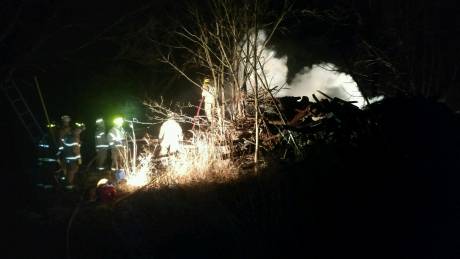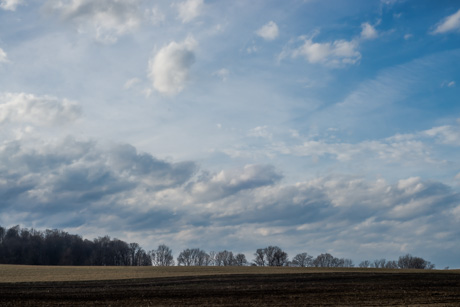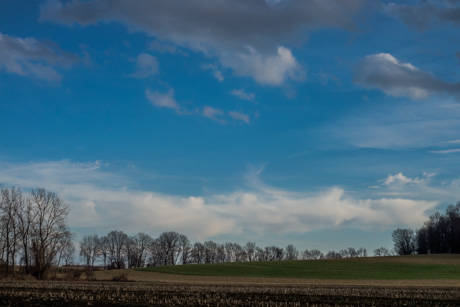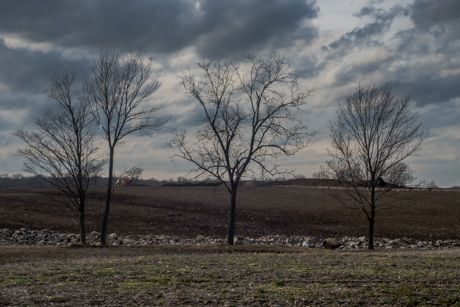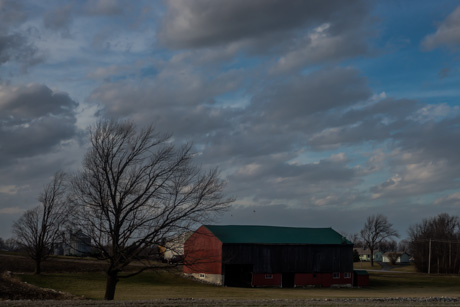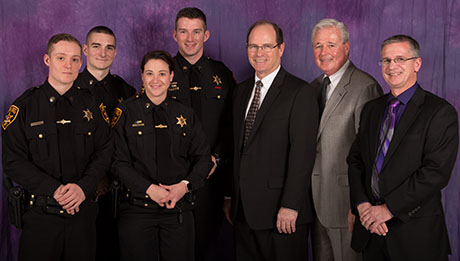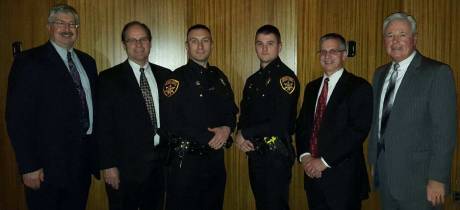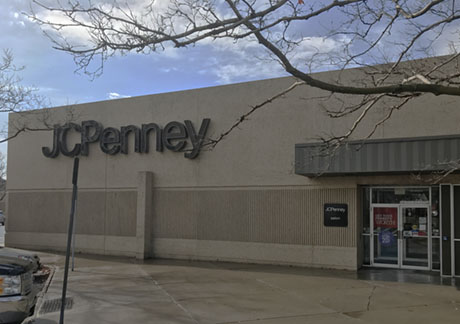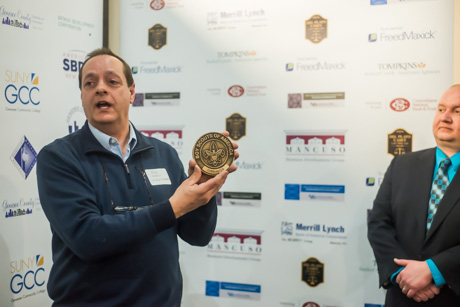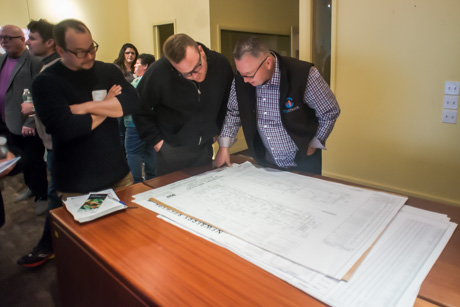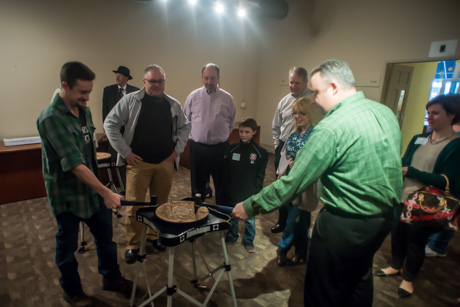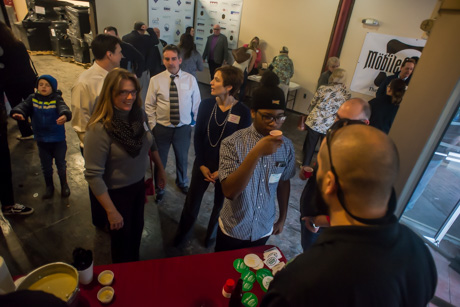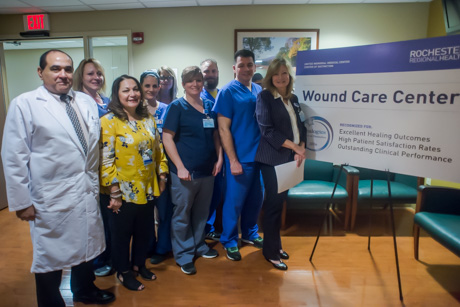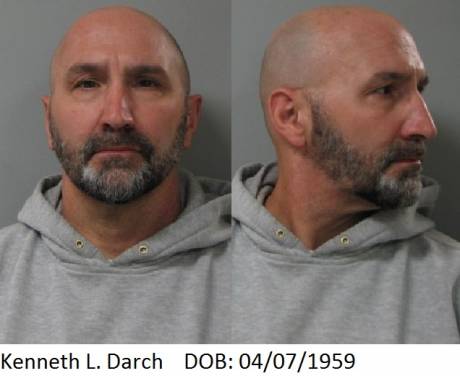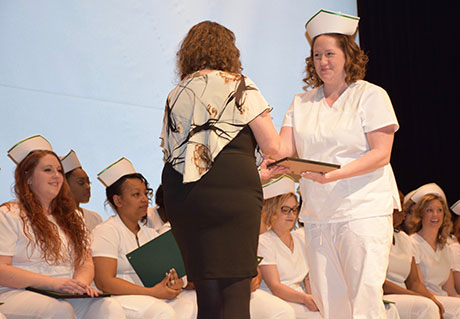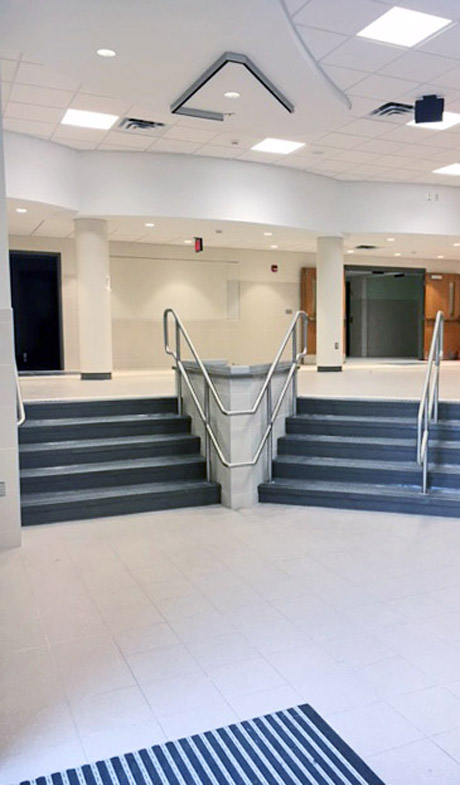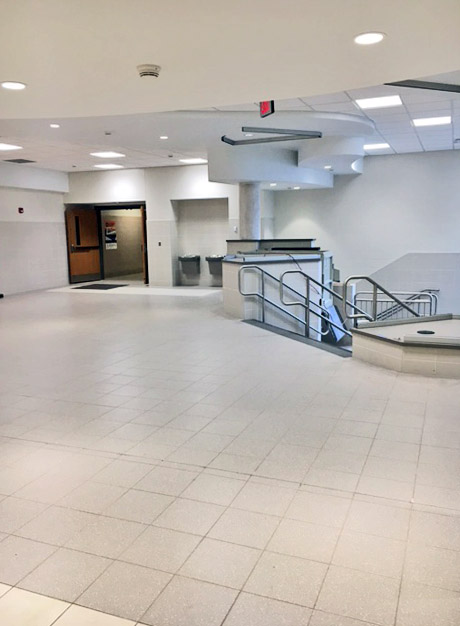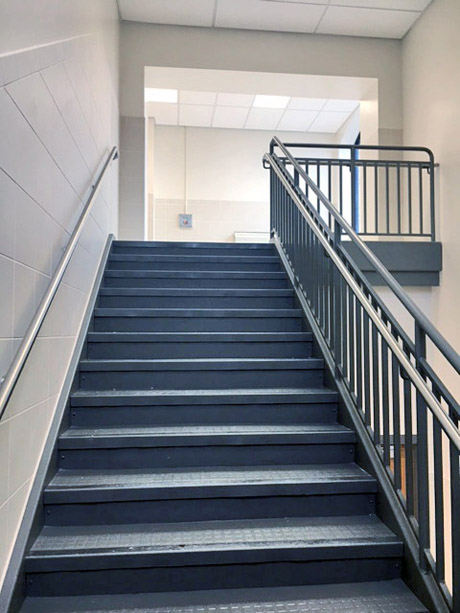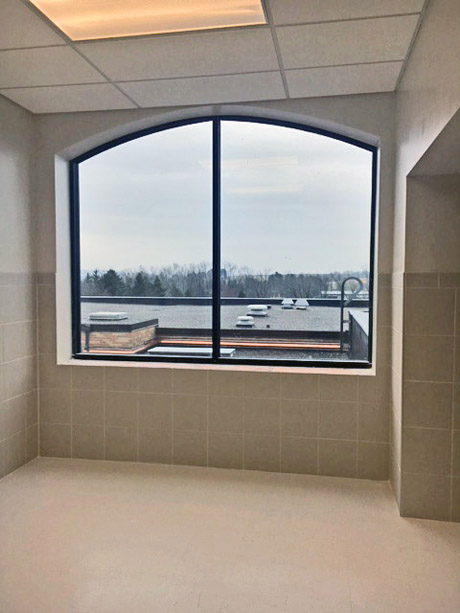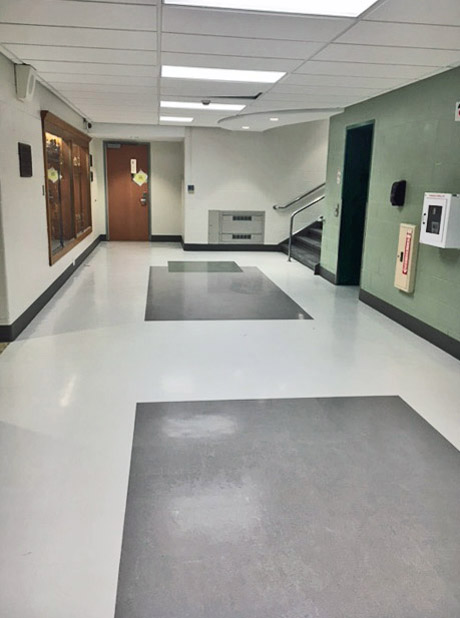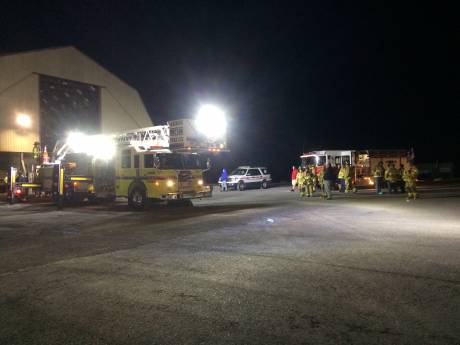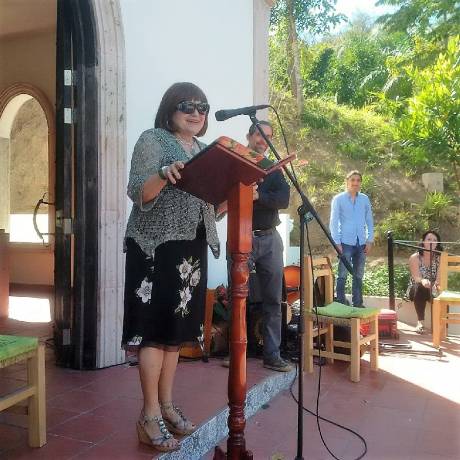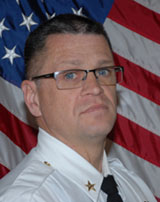Jerald Alfred Shuler III, 23, of Summit Street, Batavia, is charged with unlawful possession of marijuana, unlicensed operator, aggravated unlicensed operator in the third degree, and having a suspended registration. The charges stem from a traffic stop at 6:05 p.m. on Feb. 8 on West Main Street, Batavia, during which it was allegedly determined that the vehicle Shuler was driving had a suspended registration and that his driver's license was also suspended. During the investigation, he was allegedly found to be in possession of marijuana, located inside his vehicle. He was issued appearance tickets for Batavia City Court on Feb. 21. The case was handled by Batavia Police Officer Chad Richards, assisted by Officer Mitchell Cowen.
Maurillo C. Osorio, 32, of South Main Street, Batavia, is charged with: DWI; aggravated DWI -- per se with a BAC of .18 percent; unlicensed operator; open container of alcohol in a motor vehicle; and failure to keep right. Osorio was arrested at 1:56 a.m. Feb. 19 on West Main Street in Main Street in Batavia. He was jailed on $2,500 cash bail or bond. He was due in court on Feb. 21. The case was handled by Batavia Police Officer Matthew Wojtaszczyk, assisted by Officer Eric Bolles.
Summer Lynn Haskins, 23, of Old Creek Road, Alexander, is charged with DWI, operating a motor vehicle with a BAC of .08 percent or higher, and having no or inadequate headlamps. She was arrested at 12:57 a.m. on Feb. 20 on Ellicott Street in Batavia following a traffic stop for an equipment violation. She was issued appearance tickets for March 1 in Batavia City Court. The case was handled by Batavia Police Officer Peter Flanagan, assisted by Officer Matthew Wojtaszczk.
Keith J. McKenzie, 50, of Lewis Avenue, Batavia, is charged with DWI, making an improper right turn, and refusal to take breath test. He was arrested at 6:35 p.m. on West Main Street in Batavia following an investigation into an erratic operation complaint and subsequent traffic stop. He was arraigned then released on his own recognizance. He was due in City Court today (Feb. 22). The case was handled by Batavia Police Officer Stephen Cronmiller, assisted by Officer Mitchell Cowen.
Tatiana C. Lugo, 22, of Hutchins Street, Batavia, is charged with third-degree menacing. Lugo was arrested at 8:53 a.m. on Feb. 15 after a domestic incident in which she allegedly threatened to cut the victim's hair off and do bodily harm. She was arraigned then released under supervision of Genesee Justice. She is due in City Court on March 16. The case was handled by Batavia Police Officer Jason Davis, assisted by Officer Kevin DeFelice.
William A. Andrews, 37, of Brooklyn Avenue, Batavia, is charged with second-degree criminal contempt and three counts of endangering the welfare of a child. He was arrested at midnight on Feb. 18 following an incident on Brooklyn Avenue. He allegedly violated two orders of protection by being present at the residence. Andrews was jailed without bail and was due in City Court on Feb. 21. The case was handled by Batavia Police Officer Felicia DeGroot, assisted by Officer Eric Foels.
Emily A. Andrews, 38, of Brooklyn Avenue, Batavia, is charged with three counts of endangering the welfare of a child. She was arrested at 2:33 a.m. on Feb. 18 as the result of an unspecified incident that allegedly occurred at a residence on Brooklyn Avenue earlier in the evening. She was jailed on $2,000 cash bail or $4,000 bond and was due in City Court Feb. 21. The case was handled by Batavia Police Officer Eric Foels, assisted by Officer Peter Flanagan.
Tyler D. Price, 24, of Liberty Street, Batavia, is charged with fourth-degree criminal mischief and second-degree criminal contempt. On Feb. 18 at 3:45 p.m., Batavia police responded to a Liberty Street address for a distrubance call. An investigation found that Price allegedly came to the residence, attempted to enter it and in the process damaged a rear-door window, violating a stay away order of protection. On Feb. 19, he was located on Liberty Street and taken into custody. He is due in City Court on Feb. 28. The case was handled by Batavia Police Officer Arick Perkins.
Brenden Michael Mullen, 31, of Batavia Elba Townline Road, Batavia, is charged with second-degree harassment. Mullen was arrested at 9:18 p.m. on Feb. 17 following an investigation into a domestic incident wherein it is alleged that he sent numerous unwanted and threatening text messages and phone calls. He was arraigned and released and was due in City Court Feb. 21. Mullen was also arraigned on a City Court arrest warrant for failing to appear for two traffic tickets, operating with a suspended vehicle registration and having an uninspected motor vehicle. He was also due in court Feb. 21 to answer those charges. The case was handled by Batavia Police Sgt. Dan Coffey, assisted by Officer Arick Perkins.
Vincent A. Sanfratello, 51, of Liberty Street, Batavia, is charged with petit larceny. He was arrested at 8:10 p.m. on Feb. 10 for allegedly stealing a magazine from Southside Deli on Ellicott Street in Batavia. He was issued an appearance ticket for Feb. 21 in City Court. The case was handled by Batavia Police Officer Arick Perkins.
Timothy R. Johnson, 35, of Monroe Street, Silver Creek, was arrested on a bench warrant out of City Court on Feb. 18. It was issued after he failed to appear for sentencing on a conviction for fourth-degree criminal mischief, an incident which occurred on March 3, 2011. Johnson was jailed on $1,000 cash or $2,000 bond and was due in court on Feb. 21. The case was handled by Batavia Police Officer Christopher Lindsay.
Eric MacKenzie Smith, 31, of Iroquois Road, Caledonia, was arrested on a Batavia PD bench warrant for failing to comply with court-ordered treatment and turned over to Officer Jamie Givens at 10:29 a.m. on Feb. 21. He was jailed in lieu of $500 bail and was due in court this afternoon (Feb. 22).
Paris J. MacCrimmon, 24, of Whitney Avenue, Niagara Falls, was arrested on Feb. 20 on a bench warrant issued by Batavia City Court. It was issued after the defendant failed to appear at a scheduled court appearance. MacCrimmon was jailed on $100,000 cash bail or bond and was due in court on Feb. 21. The case was handled by Batavia Police Officer Christopher Lindsay.
Tyrone L. Richardson, 41, of Brooklyn Avenue, Batavia, was arrested on a bench warrant at 7:15 p.m. on Feb. 13. It was issued after he failed to appear for a scheduled court appearance stemming from an incident on Nov. 5, 2015. He was jailed on $1,000 cash bail or $2,000 bond and was due in City Court on Feb. 14. The case was handled by Batavia Police Officer Christopher Lindsay.
Henry L. Banks, 46, of Ross Street, Batavia, was arrested on Feb. 18 on Ross Street on a bench warrant out of City Court for failure to appear on unspecified charges. He was released on his own recognizance and was due in court today (Feb. 22). The case was handled by Batavia Police Officer Nicole Salamone, assisted by Mitchell Cowen.



